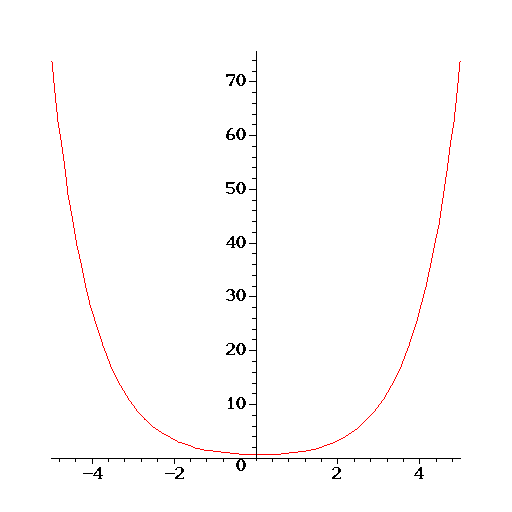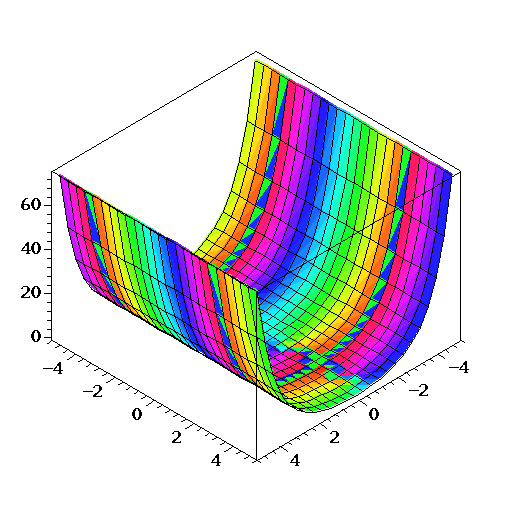HCS Hyperbolic Cosine
HCS.1 Introduction |
top up back next into bottom |
Let
 be a complex variable of
be a complex variable of
 .The function Hyperbolic Cosine (noted
.The function Hyperbolic Cosine (noted
 ) is defined by the following second order differential equation
) is defined by the following second order differential equation
| HCS.1.1 |
The initial conditions of HCS.1.1 are given at
 by
by

|
HCS.1.2 |
Related function: Hyperbolic Sine
HCS.2 Series and asymptotic expansions |
top up back next into bottom |
HCS.2.1 Asymptotic expansion at
|
top up back next into bottom |
HCS.2.1.1 Exact form |
top up back next into bottom |

|
HCS.2.2 Taylor expansion at
|
top up back next into bottom |
HCS.2.2.2 General form |
top up back next into bottom |

|
HCS.2.2.2.1 |
 satisfy the recurrence
satisfy the recurrence
| HCS.2.2.2.2 |
| HCS.2.2.2.3 |
| HCS.2.2.2.4 |










